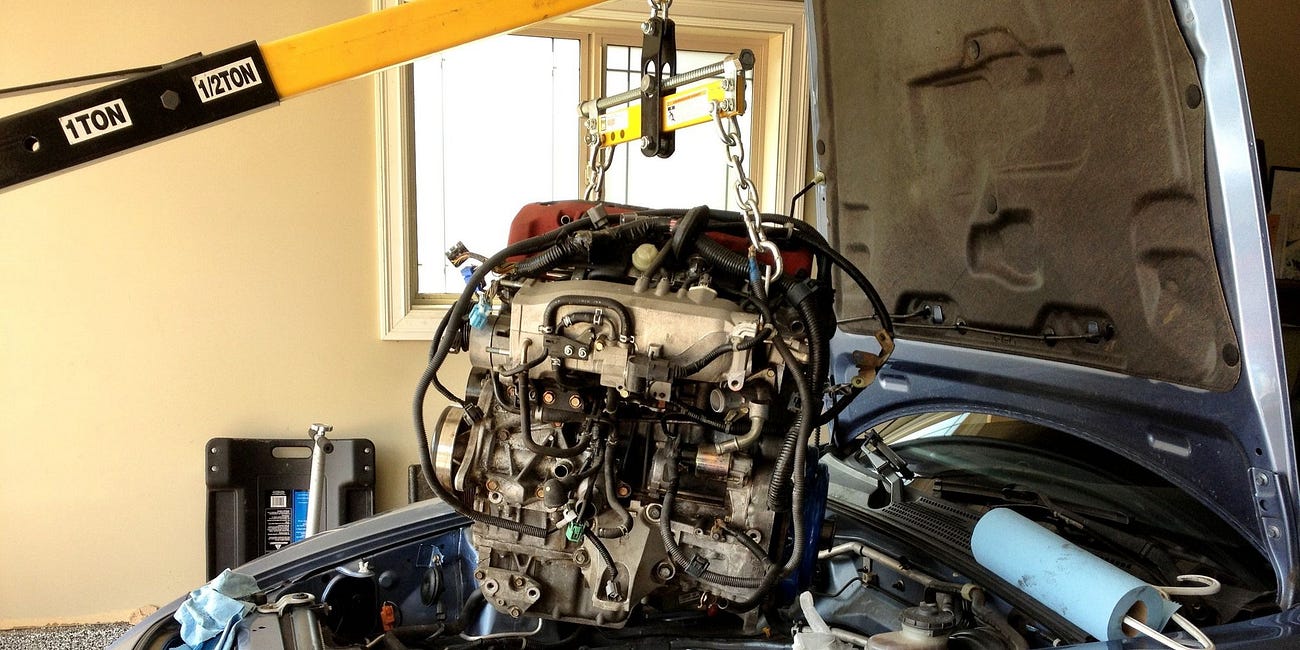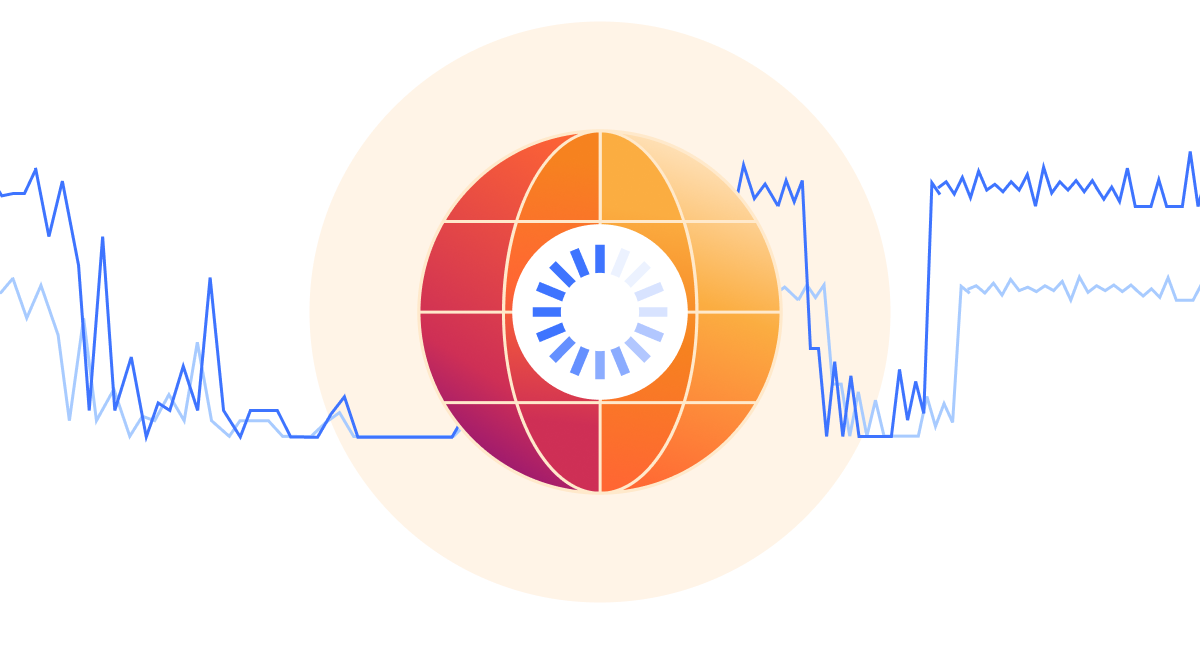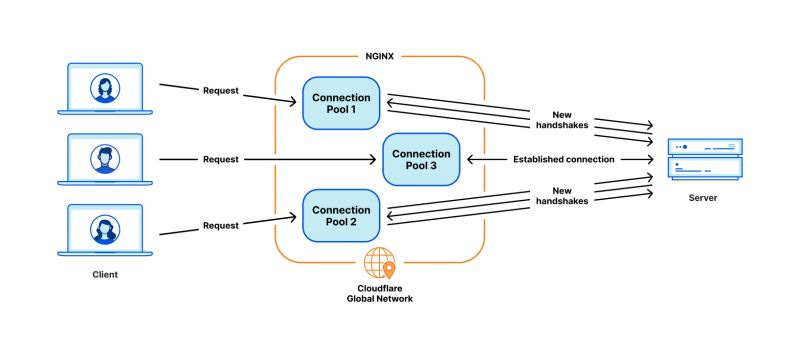🔒 Unveiling the Magic: Cloudflare's Lava Lamp Encryption 💡🌋
Randomness is extremely important for secure encryption. Each new key that a computer uses to encrypt data must be truly random so that an attacker won't be able to figure out the key and decrypt the data.
However, computers are designed to provide predictable, logical outputs based on a given input. They aren't designed to produce the random data needed for creating unpredictable encryption keys.
To produce the unpredictable, chaotic data necessary for strong encryption, a computer must have a source of random data. The "real world" turns out to be a great source for randomness, because events in the physical world are unpredictable.
Enter the LavaRand Service by CloudFlare:
As one might expect, lava lamps are consistently random. The "lava" in a lava lamp never takes the same shape twice, and as a result, observing a group of lava lamps is a great source of random data.
To collect this data, Cloudflare has arranged about 100 lava lamps on one of the walls in the lobby of the Cloudflare headquarters and mounted a camera pointing at the lamps. The camera takes photos of the lamps at regular intervals and sends the images to Cloudflare servers.
All digital images are stored by computers as a series of numbers, with each pixel having its own numerical value, and so each image becomes a string of totally random numbers that the Cloudflare servers can then use as an additional source of randomness for creating secure encryption keys.
CloudFlare also has two other sources of randomness generated from Linux systems, blending three distinct sources of randomness to create robust encryption keys virtually impenetrable to decryption attempts.
Cloudflare has always amazed me with their tech choices and their innovations.
You can read about the lavaRant service of Cloudflare here.
My other posts on Cloudflare:
Smooth Upgrades for Networking Systems: No More Dropped Connections! 🚀
In the realm of networking systems like Nginx and Cloudflare, ensuring minimal disruption during updates is paramount for an uninterrupted user experience. 🌐 But how do we roll out upgrades without causing chaos? The answer lies in a clever technique that avoids dropping connections entirely. 💡
Did you know? Even port numbers can be faster than odd port numbers 😱
Yes, It is true, but read it fully. The system needs a socket connection to communicate with any other system through the network. The socket is uniquely identified by 👉 protocol 👉 client-address 👉 client-port 👉 server-address 👉 server-port As a programmer, we only decide what port that client should connect to which is the server…
MultiProcessing vs Multithreading: A Closer Look at Pingora's Approach 🚀
Pingora, Cloudflare's rewrite of Nginx, has sparked discussions lately for its open-source debut. They have had multiple reasons to move away from Nginx and build their own solution. One intriguing aspect of this shift is the deterioration of connection reusability in Nginx with more processes. Let's delve into the underlying cause:
Subscribe to learn more about distributed systems, databases and intricate internals behind renowned tools and systems.





